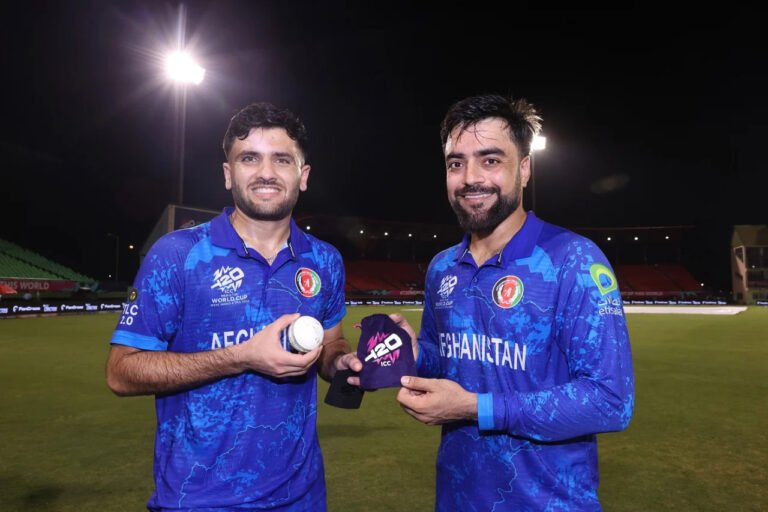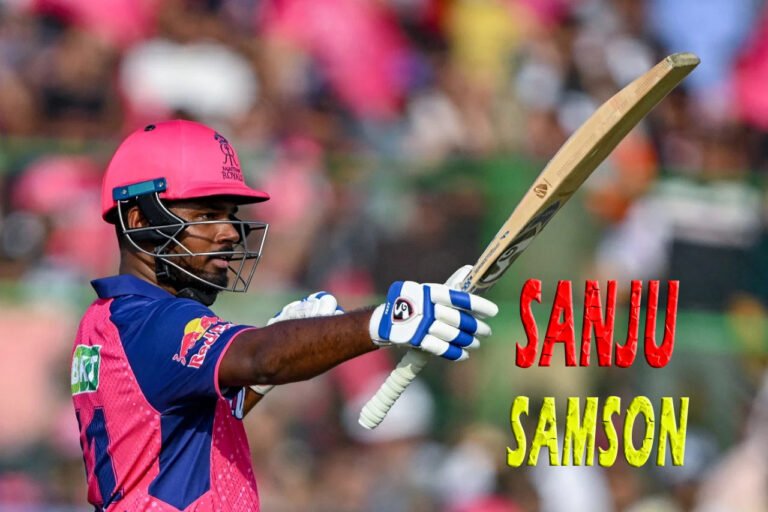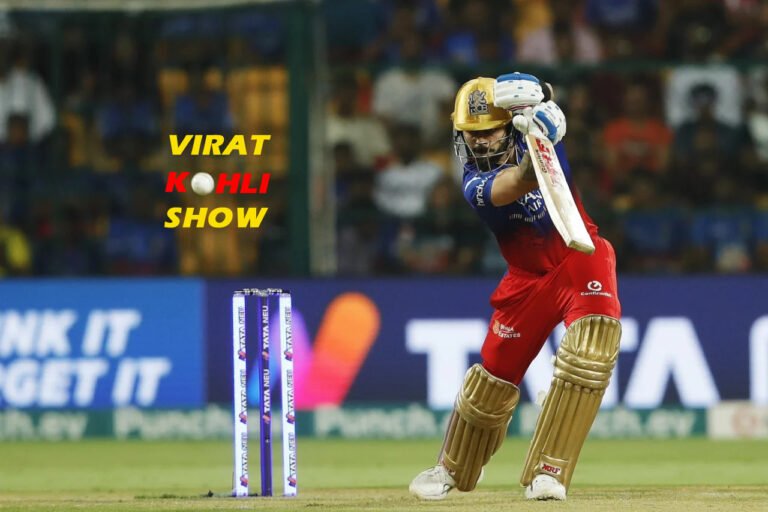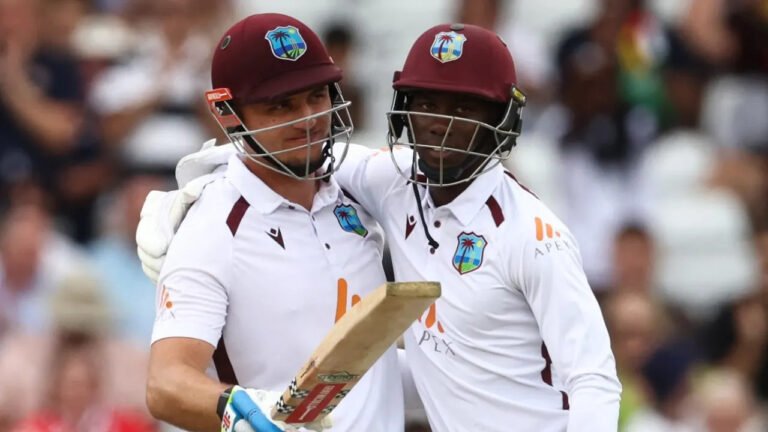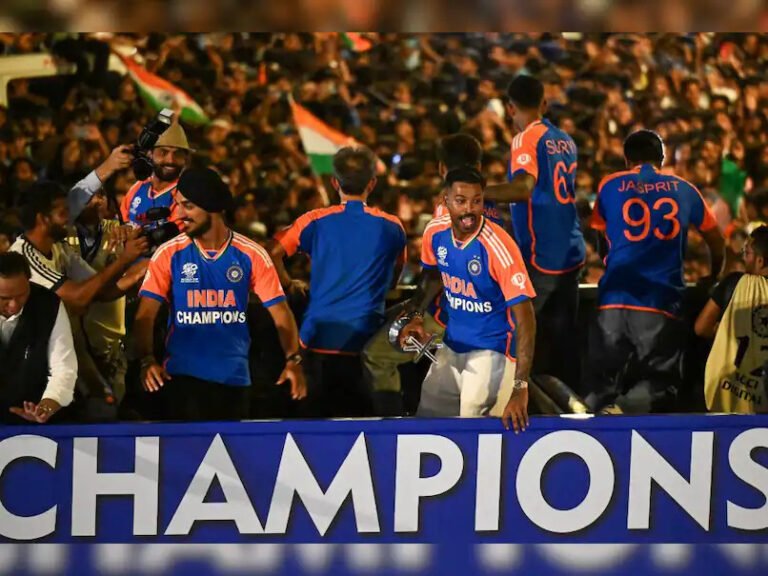Virat Kohli’s Historic 183 Guides India to Record ODI Victory Against Pakistan
Virat Kohli’s stunning 183 off 148 balls powered India to their highest-ever ODI run chase, surpassing Pakistan’s imposing total of 329 in Mirpur on March 18, 2012 as cricket fans witnessed an unforgettable match.
This epic performance by Kohli, supported by crucial contributions from Rohit Sharma and Sachin Tendulkar, highlighted India’s prowess in chasing targets in the subcontinent.
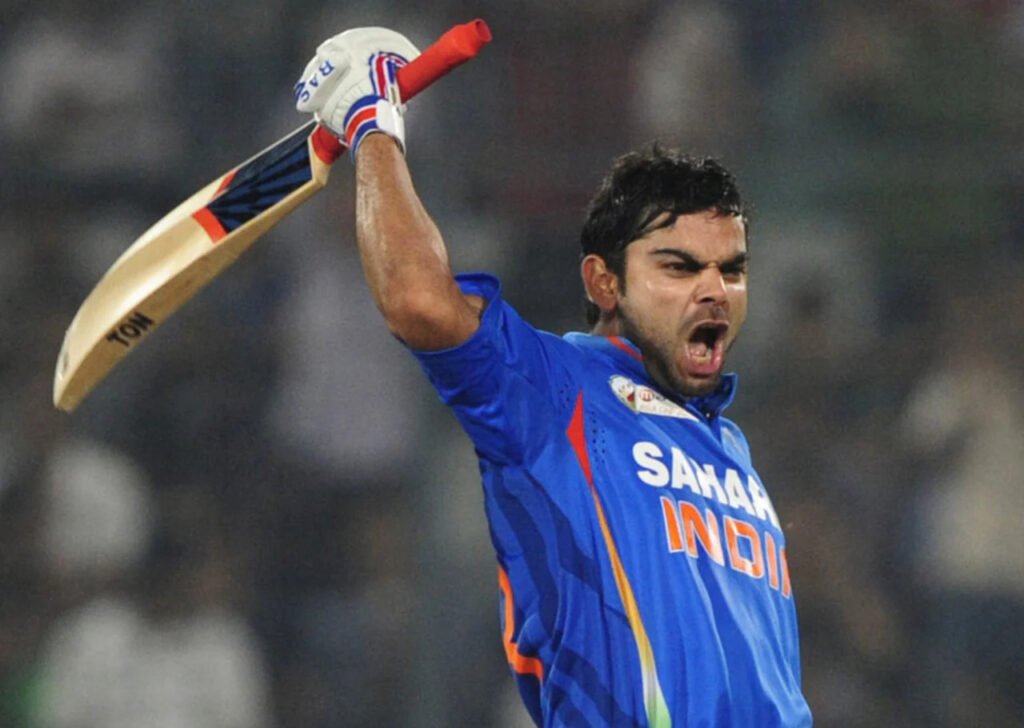
Pakistan 329 for 6 (Hafeez 105, Jamshed 112, Younis 52) lost to India 330 for 4 (Kohli 183, Rohit 68, Tendulkar 52) by six wickets.
It might be difficult for their bowling to hold 289 against Bangladesh. It’s possible that their batting isn’t tough enough to prevail in every situation.
However, India is the hunt master in the subcontinent. And only three weeks ago, in Hobart, they had achieved their fastest-ever successful ODI chase, finishing at 321 in 36.4 overs against Pakistan—not exactly a bowling-poor side—at Mirpur. And with a career-high 183 runs, that guy Virat Kohli led the enormous effort. With 11 hundreds, including three in his past four innings, Kohli is currently among the most complete ODI batsmen in the world. Forget the profanities and the intense emotions.
If one needs a boundary, Kohli is the one to call. Kohli is the man to turn to when you need the singles. Kohli is the one to call when a gap needs to be found. Against Pakistan, he continued to do all of those for 148 deliveries. He made 183 and struck 23 boundaries by the time he was finished. Gautam Gambhir had been dismissed off the second ball of the innings for India. Over the next 272, they lost just one more wicket.
The completeness of Kohli’s dominance overshadowed the disparate supporting performances of Rohit Sharma and Sachin Tendulkar. It implied that both the centuries shared by Mohammad Hafeez and Nasir Jamshed, totaling 224 runs, which was Pakistan’s biggest opening stand against India and their second-highest total ever, were in vain.
Pakistan qualified for the Asia Cup final by winning without giving away a bonus point; India and Bangladesh were left waiting to see how the hosts and Sri Lanka, who were eliminated, fared in their last league match. Bangladesh leads India in their head-to-head match in the tournament; a victory would advance them, while a loss would qualify India.
With a performance so brilliant that Misbah-ul-Haq referred to it as one of the greatest ODI innings he had ever seen, it was Kohli who nearly single-handedly kept India in the competition. Reaching 330 is difficult. For an Indian batsman, chasing 330 against Pakistan should be the hardest thing they have to do. Even after Mohammad Hafeez trapped Gambhir in front of him for a run in the opening over, Pakistan struck gold, and Kohli could not care less about things like pressure.
India immediately exploited the threat posed by Saeed Ajmal and Umar Gul by focusing on the other bowlers while Pakistan was playing with five players. In terms of strokemaking, Tendulkar and Kohli surpassed one another. In just 19.1 overs, their partnership for the second wicket was worth 133. Wahab Riaz and Aizaz Cheema’s shorter lengths and Shahid Afridi’s faster pace were taken for granted, but Gul and Ajmal received the credit they deserved.
With the 100th century finally over, Tendulkar proceeded at a faster pace than Kohli, completely uncontrolled. In the third over, Cheema’s first, which ended at 12, India gained momentum. A powerful pull from Kohli opened the action, and Tendulkar’s back-foot blast past the cover was classic. Pakistan has only recently begun to suffer from their incorrect length bowling. While Cheema kept bowling short of a decent length, Tendulkar produced another classic shot, a cunning guide over the wicketkeeper that went for six.
Also Read: Virat Kohli’s 50th ODI Century: A Landmark Moment in Cricket History
When Tendulkar and Kohli needed the boundaries, they handled the spinners in their respective ways. Tendulkar used a slog sweep to carter Hafeez over midwicket, while Kohli sliced Afridi through the same area. Pakistan was under even more pressure after Riaz’s three-over spell. In addition to bowling short, he continued to target Kohli’s pads, which allowed the batsman to help himself to multiple fours on the on side. In the end, he vanished for fifty in four overs. The only part-timer used, Hafeez, went for just 42 out of nine.
After hitting his half-century, Tendulkar misread an Ajmal doosra and managed to edge it to slip, but Kohli was looking almost unstoppable. He was in need of a sidekick, and Rohit delivered the goods. He took his time before demonstrating his range against spin with a string of drives that were lofted over extra cover, cuts, and pulls.
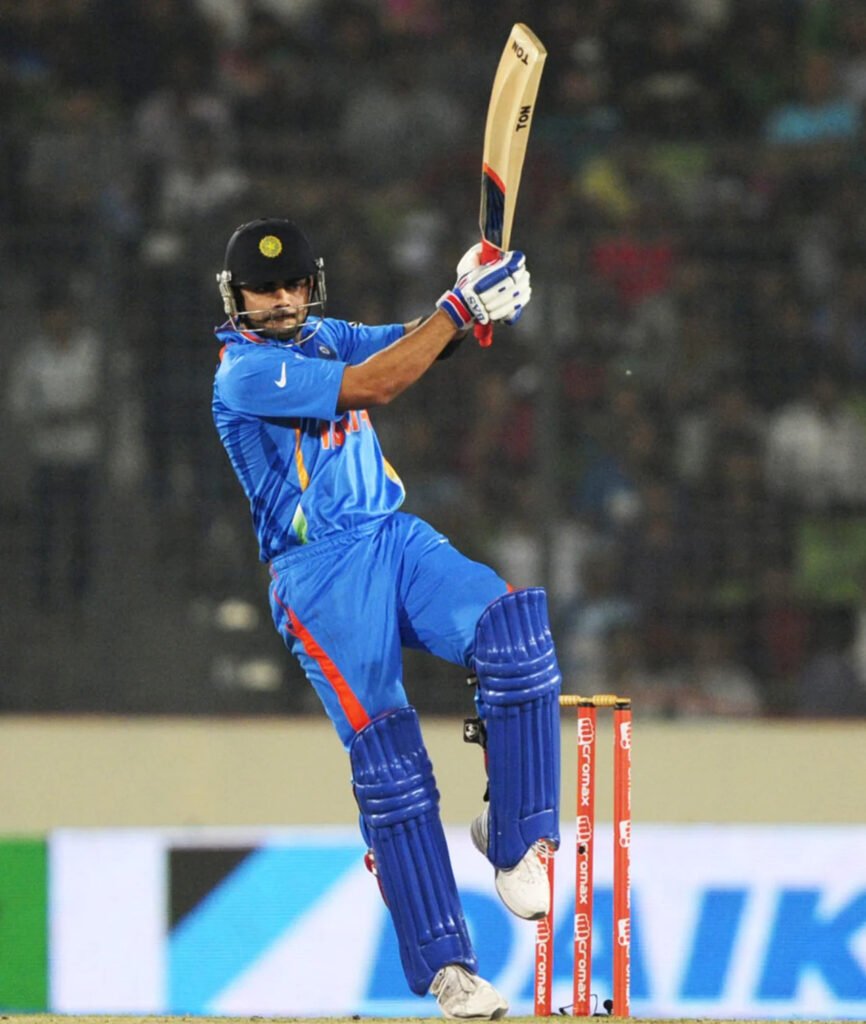
The third wicket realized 172 in 26.2 overs thanks to the efforts of Rohit and Kohli, who outperformed Kohli and Tendulkar. Kohli was playing well. Despite not scoring a boundary for 32 balls, he managed to score 25. He reached his centennial during this time, accompanied by the now-famous enthusiastic celebration. During this time, Rohit consistently understood the limits. After the 40th over, the asking rate was still above eight an over.
In the 41st, Kohli pursued Gul with a barrage of whip, swat, loft, and clip. After sixteen runs, the rate was less than seven and a half. He was far from finished. A whip off a yorker, a flick, and a drive in the 42nd were the welcomes for Riaz. After thirteen runs, the rate dropped to less than seven.
The match had concluded as a duel between Pakistan’s bowlers and India’s batters, even though Kohli and Rohit were unable to reach the winning runs.
With a 224-run opening partnership, Hafeez and Jamshed had made sure that India would be under a lot of pressure as they went into the chase. India was once again let down by their bowlers’ incapacity to attack or contain after failing to protect 289 against Bangladesh.
India was the first team to use the Mirpur surface, which has proved more difficult for bowlers in the evening, yet on their path to becoming hundreds, Hafeez and Jamshed struck boundaries at will against a somnolent opposition. Younis Khan, who typically doesn’t bother about assaults right before the end, crushed 52 off 34 deliveries to lead Pakistan past India with their second-highest total.
After trying seven bowlers, MS Dhoni tossed the ball to Tendulkar in the 24th over, demonstrating India’s lack of penetration. By then, five of them had already gone beyond run-a-ball, and none of them—aside from Ashok Dinda—had even approached the possibility of posing a threat to the Pakistani openers.
But long before that, Pakistan had grabbed command thanks to the confident play of Hafeez and Jamshed, a powerful left-hander in the style of Graeme Smith, who avoided showing signs of desperation.
Aamer Sohail and Saeed Anwar’s 1996 opening partnership of 144 was the best for Pakistan against India; by the midway point, Hafeez and Jamshed had already amassed 150. Both quickly reached their hundreds, with Jamshed’s being his first in ODIs.
As they attempted to add more runs, both batsmen were devoured by the batting Powerplay, but Younis and Umar Akmal made sure that Pakistan was never in danger of suffering the same kind of middle-order collapse that they had against Bangladesh.
Younis has come under fire in this format for being sluggish, but as the innings came to an end tonight, he seemed comfortable. Through the off side, conventional punches and lofts raced for boundaries. Unfortunately for Pakistan, Kohli would strike them longer and harder in the evening.

